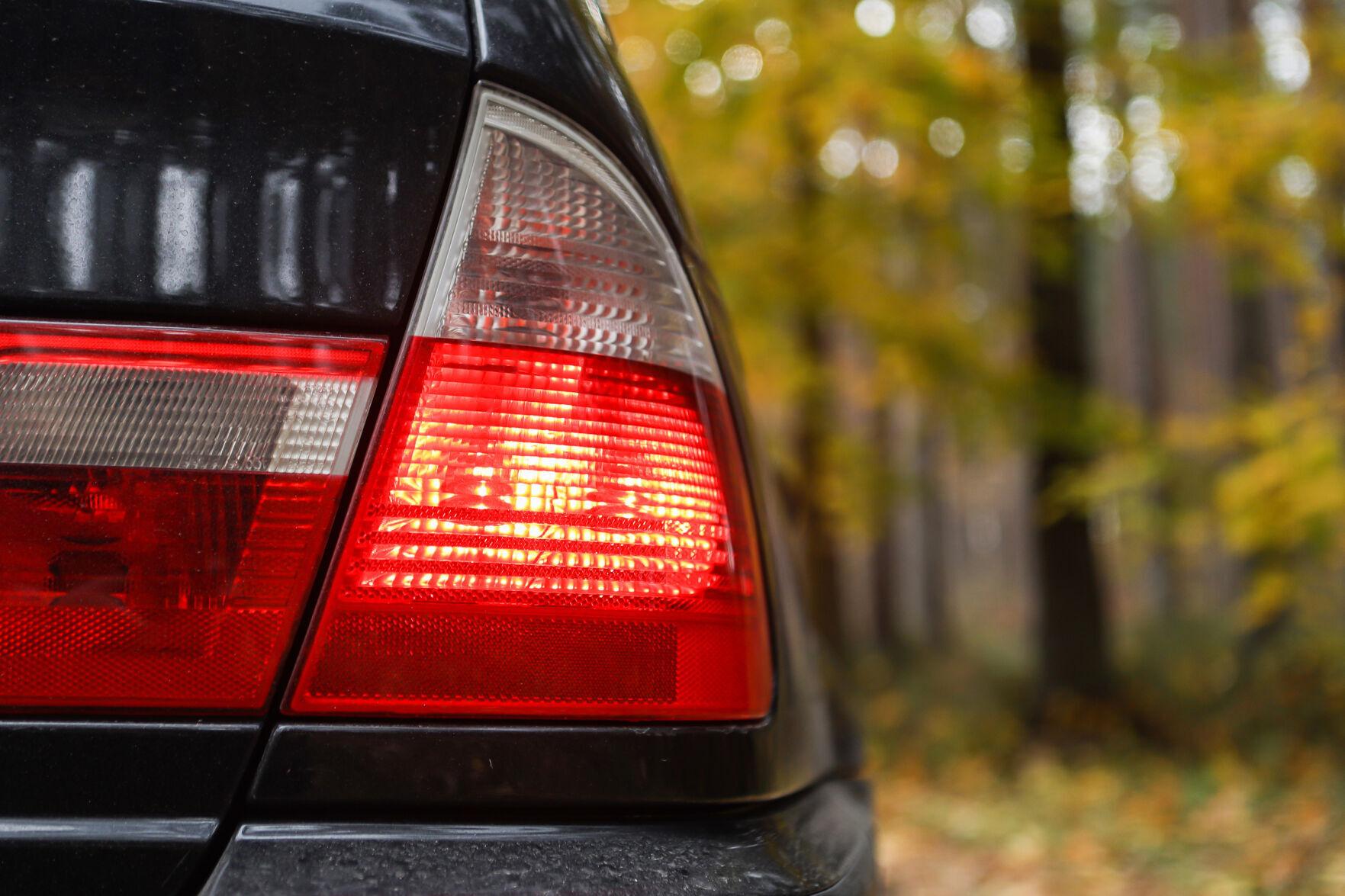Colorado Supreme Court attempts to illuminate meaning of taillight law - Colorado Springs Gazette


Could drivers change their vehicles' tail lights to match the Denver Broncos' colors? Or emit a kaleidoscope of colors from their cars?
Colorado's Supreme Court on Thursday repeatedly raised those farfetched scenarios as they grappled with the meaning of a state law governing tail lamp colors. As written, drivers must have "a red light plainly visible" from 500 feet to the rear.
But whether that means the light can only be red, or whether red can be one of multiple colors, is the subject of an appeal out of Mesa County. All the justices were curious about the intersection of public safety, plain text and the reality that people commonly use red tape over a broken lens as an affordable fix.
"There’s a reason people use this tape and we see that in a lot of communities," said Justice William W. Hood III. "I worry about a rule that essentially says that anytime someone uses that tape, they’re gonna be subject to being stopped. It seems to have a disproportionate impact on folks who come from communities that are poorer."
Law enforcement in Mesa County pulled over Timothy Robert McBride on Jan. 31, 2017. A deputy became suspicious after seeing McBride parked at a motel for 10 minutes, and radioed for another officer to follow the car. The second deputy noticed McBride's vehicle had broken covers on the tail lamps, patched with red tape. She saw "some white light" shining from the rear.
Officers stopped McBride after he did not signal in a roundabout and placed him under arrest for an active warrant. A search of the car uncovered evidence that prosecutors used to charge McBride with possession of a controlled substance, possession of a weapon by a prior offender and two traffic violations: failure to signal and not having a plainly visible red tail light.
A jury convicted McBride of all but the drug charge, prompting an appeal. In July 2020, a three-judge panel for the state's Court of Appeals reversed the failure to signal conviction after finding the law did not apply to roundabouts. It also overturned the weapon charge on grounds of insufficient evidence.
The panel upheld the tail lamp infraction, deciding that when the Legislature said "red," it meant "only" red.
"This uniformity of lighting helps drivers ascertain what direction a car is facing and whether it is backing up. Permitting vehicles to emit white light (even if mixed with red) from tail lamps could therefore lead to confusion and accidents," wrote Judge Christina F. Gomez for the panel.
The Attorney General's Office appealed the reversal of McBride's convictions and McBride appealed the tail light conclusion. The Supreme Court opted to hear McBride's petition only.
While it was not clear from the court record what exactly the officers saw coming from McBride's tail lamps, it appeared to be a mixture of red and white light. If red light were plainly visible from 500 feet as the law requires, that is not a legal violation, argued public defender Jacob B. McMahon.
"I think as a matter of logic, it follows that if there were some green light or purple light that would be OK, too. That would be my position," McMahon conceded. However, "once these colors start to mix, you’re subject to liability if it’s not plainly red at 500 feet."
John T. Lee, arguing for the government, also acknowledged the discomfort of labeling any white light, even from a tiny crack in a lens, as illegal. But that is what the legislature wanted, he said.
He explained that the goal of the law is to create uniformity among vehicles. In the absence of a red-only standard, "one county could decide they want to support the Broncos, so it’s that color. Another county might want to support the Nuggets, so it’s that color," Lee added.
Courts in other states with similar laws have taken mixed views on whether red light means only red light for tail lamps.
It may be possible for the Supreme Court to resolve the appeal without needing to interpret the wording of the law, as it was unclear whether McBride had committed a violation with his vehicle under either side's theory.
"We don’t have an officer testifying that at 500 feet, I could not see any red light?" asked Justice Monica M. Márquez.
"We do not," Lee conceded.
source: https://gazette.com/news/courts/state-supreme-court-attempts-to-illuminate-meaning-of-tail-light-law/article_47a3809c-0313-5a3b-9077-9f2d57b8cc46.html
Your content is great. However, if any of the content contained herein violates any rights of yours, including those of copyright, please contact us immediately by e-mail at media[@]kissrpr.com.

